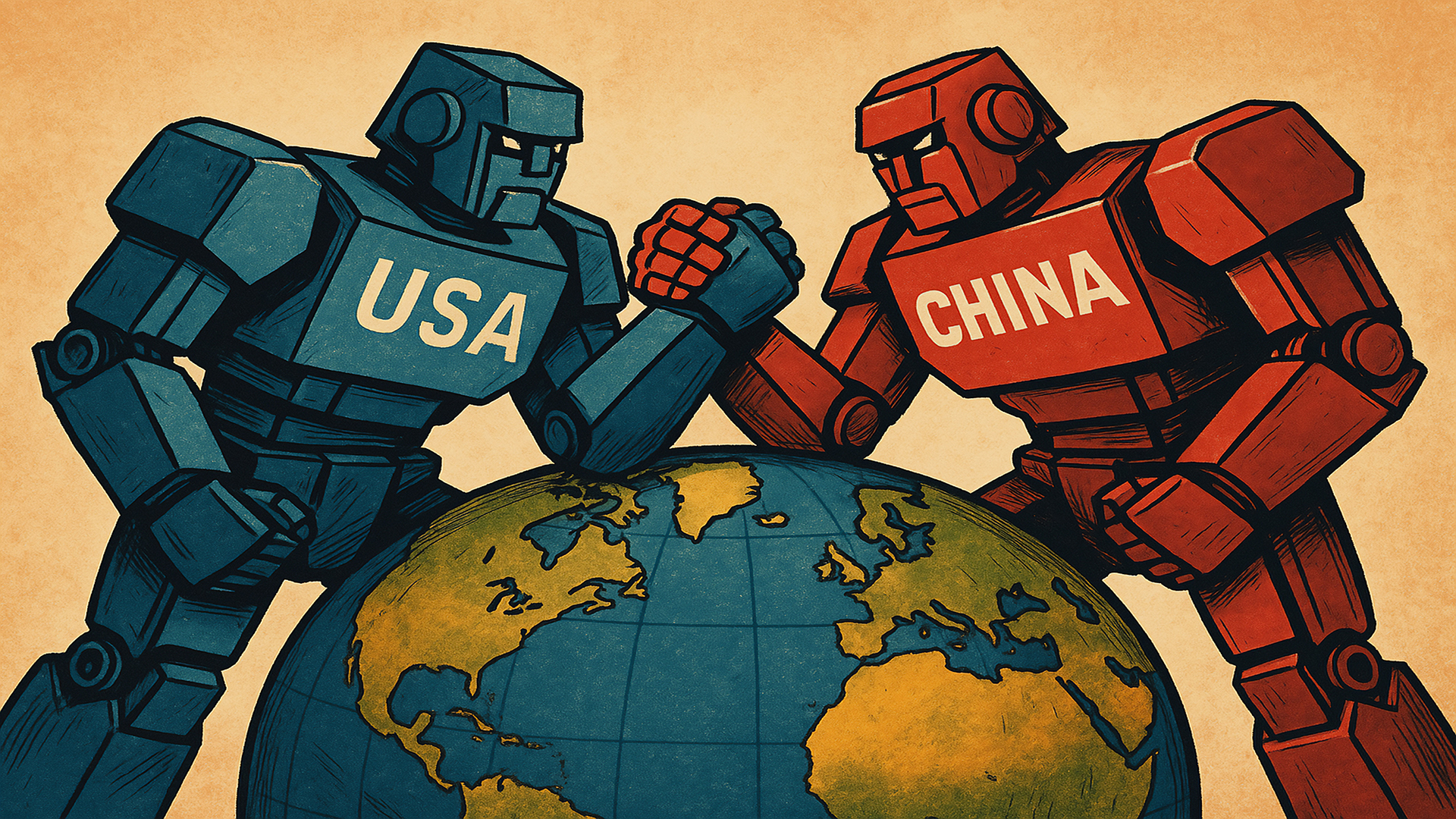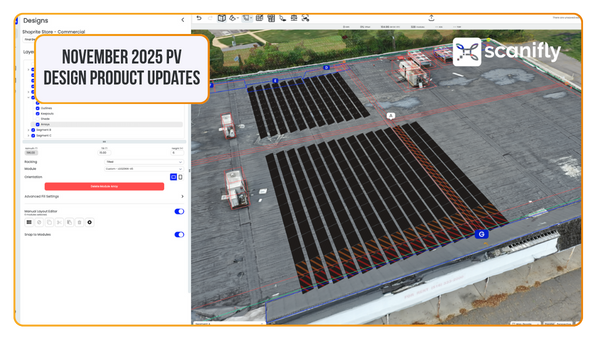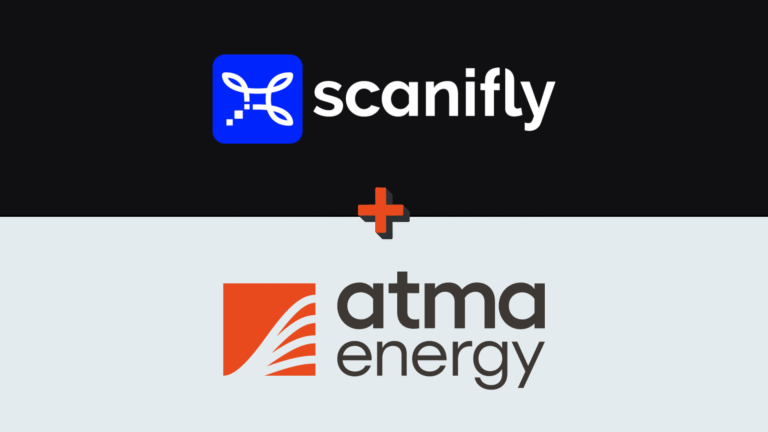Why the Solar Investment Tax Credit Should Be Phased Down, Not Eliminated
By Jason Steinberg, CEO of Scanifly
The most critical issue for the next century is who will lead AI.
A secondary item, at least per the current US administration, is resurrecting domestic manufacturing. While reshoring may require massive incentives today, it may become economically viable in a few years if there is a proliferation of humanoids (i.e., AI-powered robots), which Bank of America projects will top 3 billion by 2060 — one for every three humans.
I believe the plan — even if it’s not being said explicitly — is to bring back factories, and eventually, quietly, let humanoids take over many rote tasks and risky jobs. While globalization is often cited as the main driver of the decline in domestic manufacturing, technology and automation are a secondary (or debatably primary) contributor.
Who’s currently winning the AI race? Probably China.
From DeepSeek, a lower-cost and more efficient OpenAI competitor, to CATL, the world’s largest battery manufacturer, China is neck and neck with the US. Of the top 60 global robotic firms in the humanoid space, 48 are based in China.
And how do you win in AI? You must have a massive abundance of energy resources, ideally clean energy that is quick to construct, easy to operate, and seamlessly pairs with storage.
Which brings us to solar.
6 Reasons How the Solar Industry’s Near-Term Success Unlocks Trump’s Agenda
The “Big, Beautiful” bill passed by the House eliminates the 30% Solar Investment Tax Credit (ITC, Section 25D) and the third-party financing incentive (48E). In its current form, it would decimate the solar industry by 50-70%, shattering supply chains and critical knowledge capital.
Here’s why the solar industry’s near-term success is critical for winning the race for AI, revitalizing domestic manufacturing, and besting China:
1. Solar is the #1 new energy source added to the U.S. grid for 4 years running
Solar represented 66% of new grid capacity in 2024, according to the Solar Energy Industry Association (SEIA), a trade group. Add in 18% more for storage, and solar + storage last year equaled 84%. Solar is also quick to build, it’s decentralized, and deployable today — not in 2035 when most gas peaker or nuclear plants would come online.
2. It aligns with domestic manufacturing goals
Solar manufacturing has been coming back to the U.S. — thanks to incentives, tariffs, and domestic content adders. Factories for panels, racking, and other components are opening up in many states. Cut the ITC now, and you crush that progress or appetite for investment.
3. A consistent & reliable economic environment
Building new technologies, supply chains, labor forces and consumer habits all take time. The oil and gas industries had over a century to root themselves in our daily lives, in part due to tax credits still available today. As a result, the US is a world leader in those industries, with among the best companies and most talented workers in the space.
The near-term destruction of the solar industry is one thing. But what message would this send to other new technologies —not just in energy — seeking capital investment, a reliable policy framework, and deep supply chain and technical resources? Why would a corporation, entrepreneur or researcher set up shop in the US?
Republican Senate leadership doubled down on this position. United States Senate Majority Leader John Thune (R-SD), Senators Lisa Murkowski (R-AK), John Curtis (R-UT), Thom Tillis (R-NC), and Jerry Moran (R-KS) penned a letter to their caucus underscoring this exact premise – see here.
4. It creates jobs, especially in Republican strongholds
Florida, Texas, North Carolina, Utah, Arizona, Nevada, and Tennessee are all red or purple states with booming solar workforces. Contractors in these markets are reporting 90-100% solar-plus-storage attachment rates, thereby mitigating the intermittency of solar. Remove the ITC overnight, and you’ll lose tens of thousands of skilled jobs.
5. It stabilizes the grid and increases resilience
Distributed generation (DG) solar — usually on residential and commercial properties — decentralizes power supply across an already shoddy grid, especially in the summer months when air conditioning ramps up. You take DG solar away, and you leave utilities with only dirty or expensive options during blackouts and heat waves, potentially even exacerbating supply and demand imbalances. Furthermore, virtual power plants — networks of batteries, some with solar, coordinated virtually to act like a power plant — are a quiet revolution in grid resilience, saving natural disaster-prone places like Puerto Rico and California.
6. It saves people money
Utility bills are rising. Florida Power & Light (FPL) just requested the largest rate hike in US history, with current bills already $400 more than they were 5 years ago. Solar — especially with storage — is a hedge against rising rates and is what delivers economic freedom. Removing the ITC makes it harder for working families to cut their bills and gain independence from monopolistic corporations (i.e., utilities) always increasing rates. I’ll go further. Cutting the ITC now cements solar as a solution only the wealthy can obtain.
Solar is Going Through Puberty
While it shouldn’t be propped up forever, it’s not ready for a cold turkey cutoff. Solar isn’t at grid parity everywhere. The industry really took off after the loan DOE program from 2009 to 2011, so the modern solar industry is roughly 15 years old (hence the puberty analogy).
While solar is the largest new energy source added to the grid, it only represents 6% of the total energy mix.
Look at an early mover and a notoriously cloudy place: Germany. As of 2024, per PV Magazine, German residential rooftop solar without storage was at $1.15-$2.00 per watt. The US ranges between $2.40-$4.00, and in some markets it’s much higher.
Solar’s soft costs still represent nearly 60% of the total project stack. While hardware costs have dropped >90% since 2010, expenses related to marketing, sales, permitting, and overhead are keeping prices inflated.
The industry needs time to establish industry standards and implement some regulation on sales tactics, as highlighted in the 2023 Times article “How Solar Sales Bros Threaten the Green Energy Transition,” would be very beneficial. This gives more time for industry watchdog organization Recheck and the DOE-backed SolarApp, for automating and streamlining AHJ permitting, to take root.
Lastly, further incentivizing battery attachment rates will enable solar to reach maturation. California, Texas, Arizona, Tennessee, and other states have near 100% attachment rates, meaning whenever solar is installed, they almost always include a battery. But battery hardware prices still need to come down further.
So, What Should Be Done?
Phase down the ITC over 3–5 years, giving time for:
- Reducing the 60% of soft costs to further compress solar’s price per watt
- Solar-plus-storage to become the standard across all states
- Domestic solar manufacturing to take root
- And yes, humanoids to quietly enter our factories and balance the labor curve
That’s the compromise: Don’t eliminate the ITC. Lower it responsibly. Give the industry time to reach maturity — then let the industry stand on its own.
If you eliminate solar incentives today, you don’t just hurt solar. You hurt the entire ecosystem needed to win the AI race, bring back domestic manufacturing, and keep the United States as the world hegemon. Enacting the House bill in its current form allows China to win the world’s future technologies before the race even really takes off.
And that would be a very un-beautiful outcome.






